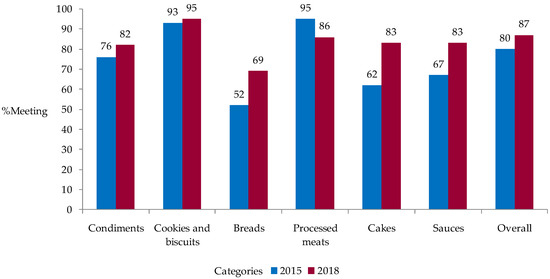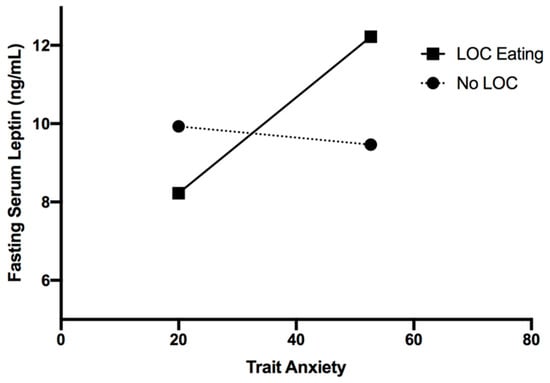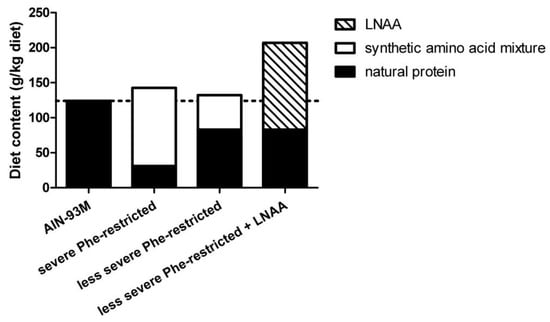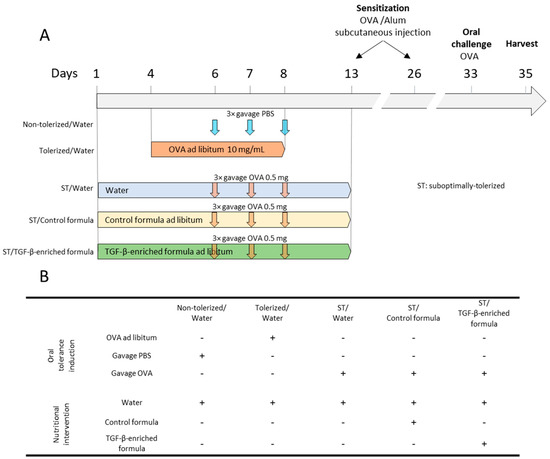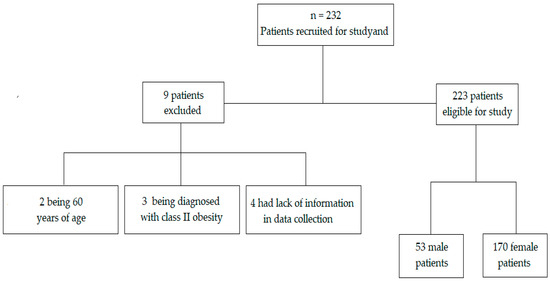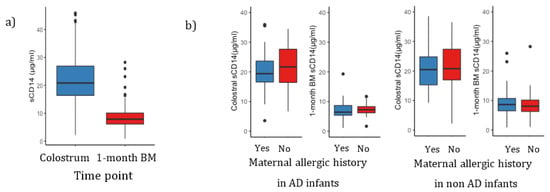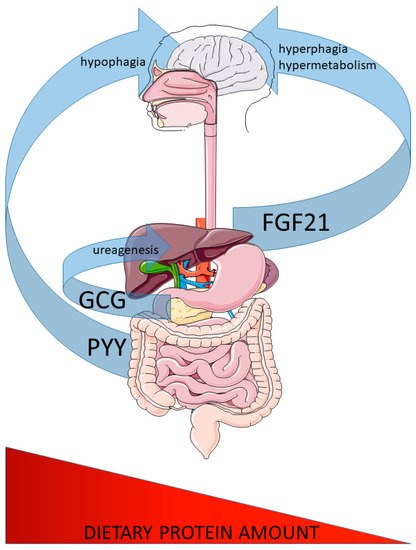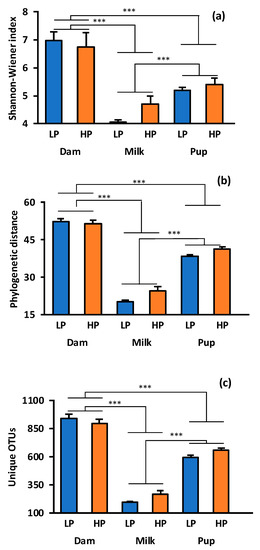Nutrients 2019, 11(9), 2226; https://doi.org/10.3390/nu11092226 - 15 Sep 2019
Cited by 12 | Viewed by 5176
Abstract
High blood pressure is a leading cause of death in Costa Rica, with an estimated mortality rate of 30%. The average household sodium intake is two times higher than the World Health Organization recommendation. The consumption of processed foods is an important and
[...] Read more.
High blood pressure is a leading cause of death in Costa Rica, with an estimated mortality rate of 30%. The average household sodium intake is two times higher than the World Health Organization recommendation. The consumption of processed foods is an important and growing contributor to sodium intake. The objective of this study was to describe the sodium content of packaged foods (mg/100 g) sold in Costa Rica in 2015 (n = 1158) and 2018 (n = 1016) and to assess their compliance with the national sodium reduction targets. All 6 categories with national targets were analyzed: condiments, cookies and biscuits, bread products, processed meats, bakery products, and sauces. A significant reduction in mean sodium content was found in only 3 of the 19 subcategories (cakes, tomato-based sauces, and tomato paste). No subcategories had statistically significant increases in mean sodium levels, but seasonings for sides/mains, ham, and sausage categories were at least 15% higher in sodium. Compliance with the national sodium targets among all foods increased from 80% in 2015 to 87% in 2018. The results demonstrate that it is feasible to reduce the sodium content in packaged foods in Costa Rica, but more work is needed to continually support a gradual reduction of sodium in packaged foods, including more stringent sodium targets.
Full article
(This article belongs to the Special Issue Advances in Dietary Sodium Research to Improve Human Health)
►
Show Figures
